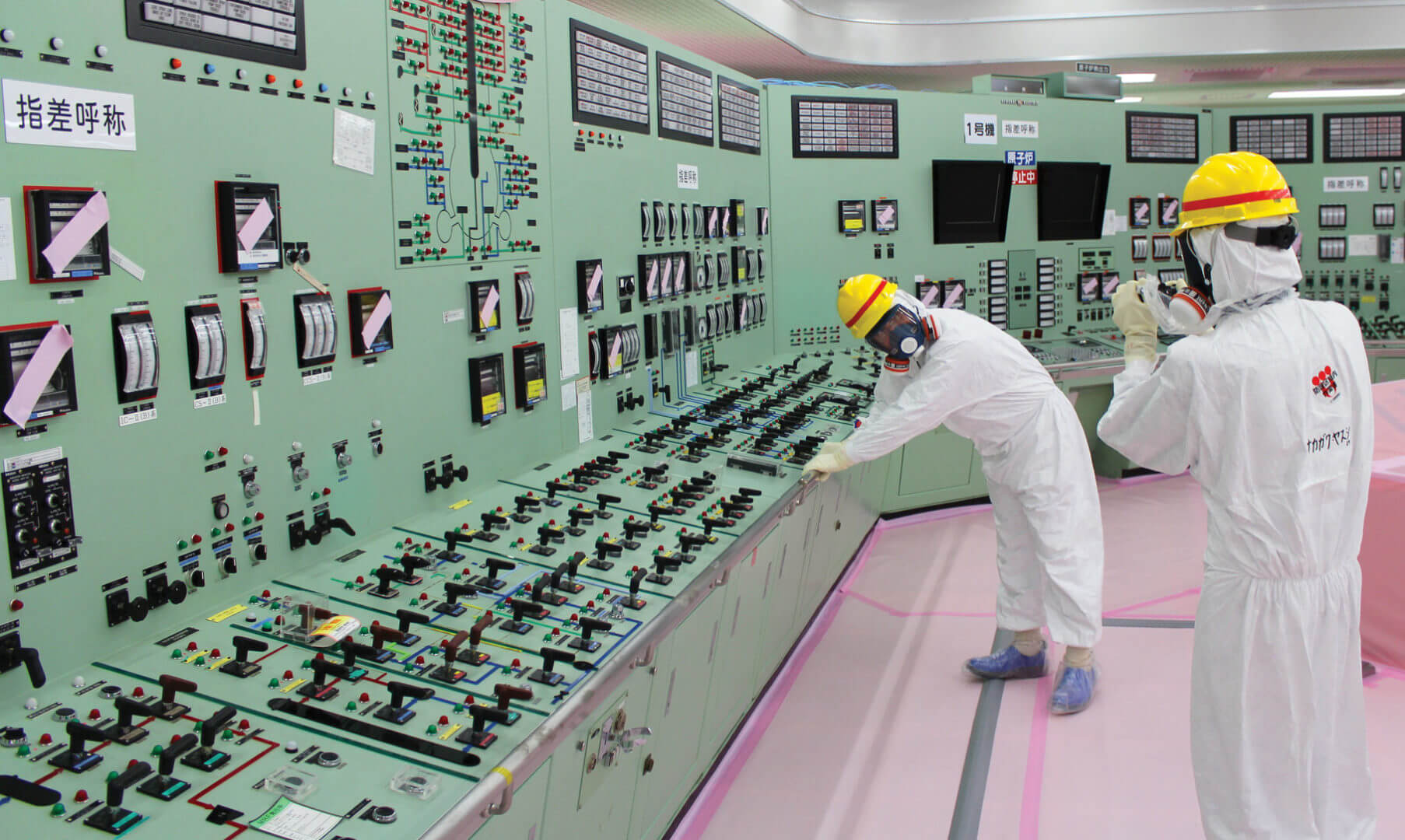Fukushima Nuclear Accident:
Many think that the March 2011 Fukushima nuclear accident was an inevitable event caused by the Great Japan earthquake and tsunami. However, every investigation has concluded that the accident was mostly preventable, and that the natural hazards acted only as a triggering mechanism for the ensuring disaster. In the words of Dr. Kiyoshi Kurokawa, chairman of the National Diet of Japan Fukushima Accident Independent Investigation Commission (NAIIC), Fukushima was “a man-made disaster” and “made in Japan.” Because Japan’s nuclear industry failed to absorb the lessons learned from the Three Mile Island and Chernobyl nuclear accidents, “it was this mind-set that led to the Fukushima Daiichi disaster.”
The U.S. Congress asked the National Academy of Sciences (NAS) to study the causes of the accidents at the Fukushima Daiichi and Daini nuclear plants and to identify lessons for the nuclear power plants in the United States. In June 2012, NAS assembled an interdisciplinary committee of 21 experts, including myself, that worked to produce a 400-page report that was released last June. I believe these lessons are of paramount importance for the safety of America’s 62 commercially operating nuclear power plants, with 100 nuclear reactors in 31 states.
All accident investigations conclude that the heroic efforts of the group of selfless human operators of the Fukushima plants made a profound difference. Their personal sacrifices and dedication, exemplified by staying in their plants and continuing to work in dire conditions, while not knowing whether their families survived the earthquake and tsunami, are of epic proportion. They worked relentlessly to bring the reactors to the cold shutdown state, which stopped further propagation of the accident that could have led to much more serious meltdowns and the release of radioactive fallouts that could have contaminated a large region of Japan.
It is inevitable that unexpected and “beyond design basis” events will occur. That’s because system designers cannot anticipate all possible scenarios of failure and prepare for every contingency. Despite advances in technology and automation, human operators must remain in charge of the day-to-day controls and monitoring of nuclear power plants for the foreseeable future; they constitute both the first and last layer of defenses.
This is one of the most important lessons of the Fukushima accidents. Without respecting and understanding the vital role of human factors in technological systems and proactively facilitating their performance during unexpected events, especially nuclear safety will only be a distant mirage and recovery will be an unattainable dream. Our committee report has most succinctly codified this important fact:
“The Fukushima Daiichi accident reaffirms the important role that people play in responding to severe nuclear accidents and beyond-design-basis accidents more generally…. Recovery ultimately depended on the ingenuity of the people on the scene to develop and implement alternative mitigation plans in real time.…There is growing evidence that people are a source of system resilience because of their ability to adapt creatively in response to unforeseen circumstances.…The Fukushima Daiichi accident reaffirmed that people are the last line of defense in a severe accident.”
Najmedin Meshkati (M.S. EMT ’78, Ph.D. ISE ’83) is a USC Viterbi professor in the Sonny Astani Department of Civil and Environmental Engineering and the Daniel J. Epstein Department of Industrial and Systems Engineering. He conducts research on technological systems safety and has visited many nuclear power stations around the world, including Chernobyl (1997) and Fukushima Daiichi and Daini (2012). He served as a member (2012–2013) and a technical adviser (2013–2014) on the U.S. National Academy of Sciences/National Research Council Committee on Lessons Learned from the Fukushima Nuclear Accident for Improving Safety and Security of U.S. Nuclear Plants. His commentary here should not necessarily be construed as the committee’s representative position.




